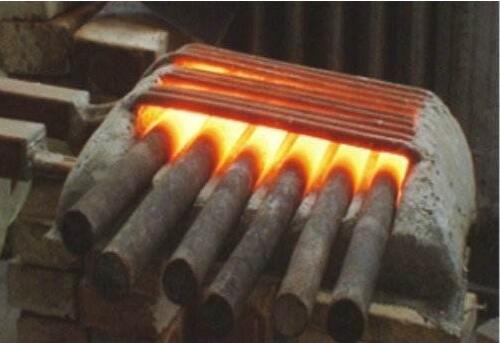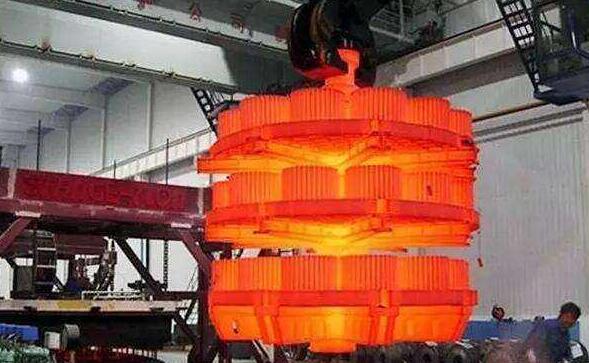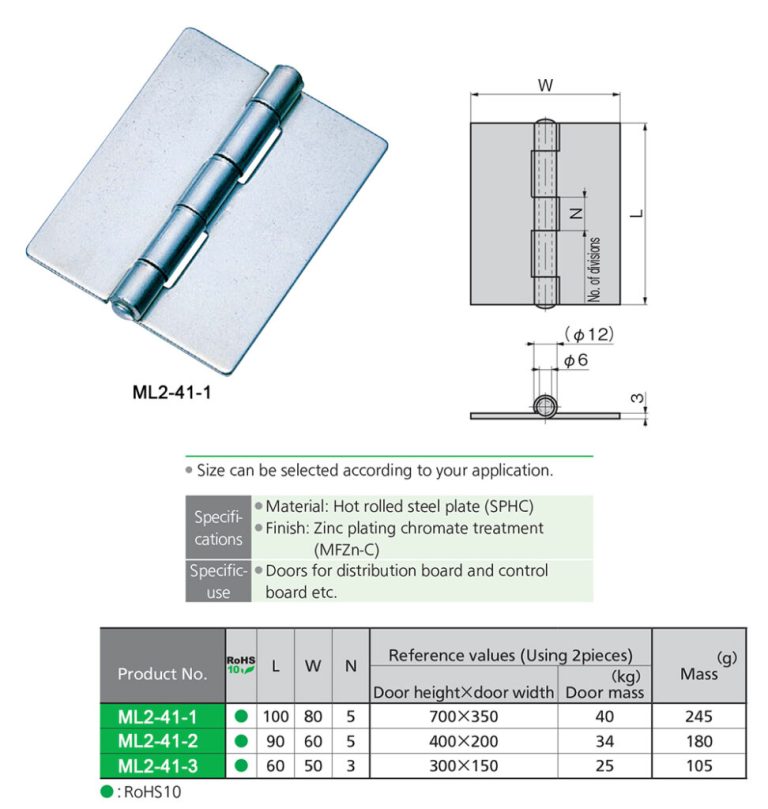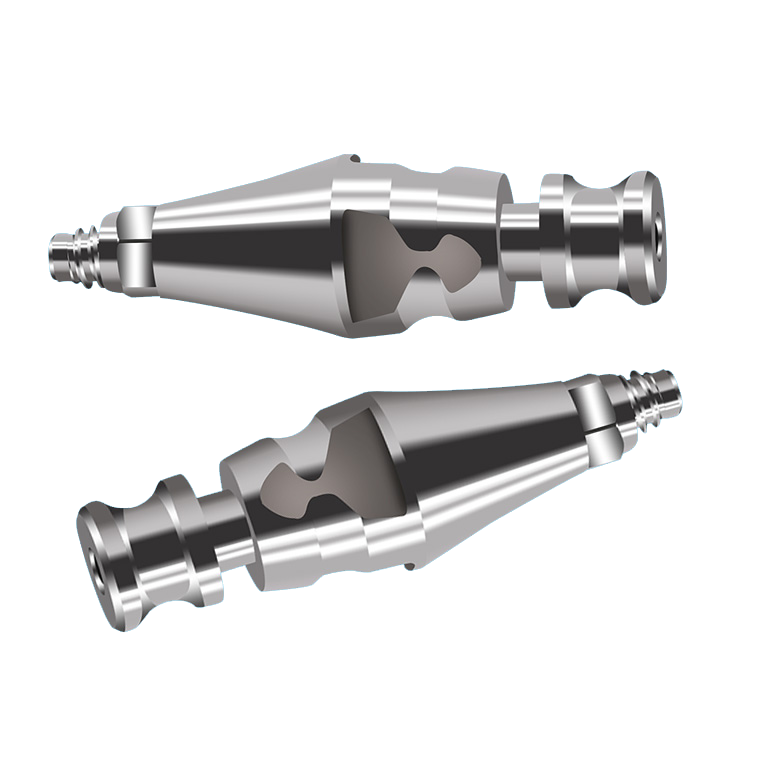Prince Fastener:What is the difference between cold heading and cold extrusion? Screws and Fasteners Manufacturer
Prince Fastener:What is the difference between cold heading and cold extrusion?
Cold heading and cold extrusion are the same conditions of deformation processing, but they are different in operation. The cold pier is the smaller workpiece forging deformation commonly used in the fastener industry. On the other hand, cold extrusion belongs to the extrusion deformation of larger workpieces and is more widely used.

What is cold extrusion?
Cold extrusion is to put the metal blank in the cold extrusion die cavity, at room temperature, by pressing the fixed convex die pressure to the blank so that the metal blank plastic deformation and parts of the processing method. Cold extrusion is one of the chipless, chip-less parts processing processes.
At present, cold extrusion technology has been used in fasteners, machinery, instruments, electrical appliances, light industry, aerospace, ships, military and other industrial sectors have been more widely used, has gradually become the development of small and medium-sized forgings refined production direction.
Cold extrusion is divided into positive extrusion, reverse extrusion, composite extrusion, and radial extrusion.
What is cold heading?
The cold heading process is a processing method that uses the plastic deformation of metal under the action of external force and with the help of a die to redistribute and transfer the volume of metal to form the required part or blank. The cold heading process is most suitable for producing bolts, screws, nuts, rivets, pins and other standard fasteners. The cold heading process is commonly used for cold heading dies.
The cold heading process is increasingly widely used in machinery manufacturing, especially in producing standard fasteners. The most representative products produced by applying multi-station cold heading machines are bolts, screws and nuts.
Are our cold heading and cold extrusion the same thing?
Cold pier and cold extrusion are the same conditions of deformation processing, but they are different in how they operate. The cold pier is a forging deformation of smaller workpieces and is commonly used in the fastener industry. While cold extrusion belongs to the larger workpiece extrusion deformation, more widely used; cold upsetting is equivalent to a branch of cold extrusion; in simple terms, to do the bolt process, hexagonal head forming is cold upsetting, rod reduction is cold extrusion (positive extrusion). Non-cutting hexagonal flange face bolts (multi-station forming) with cold upsetting and cold extrusion, hexagonal nuts forming the plastic only cold upsetting front side, and the back side of the process extrusion hole is cold extrusion (positive and negative extrusion).

What is cold extrusion?
Cold extrusion workpiece Cold extrusion is to put the metal blank in the cold extrusion die cavity, at room temperature, through the press on the fixed convex die pressure to the blank so that the metal blank produces plastic deformation and parts of the processing method. Obviously, cold extrusion processing relies on the die to control the flow of metal and relies on a large number of metal volume transfers to shape the parts. In extrusion equipment, China can design and manufacture all levels of tonnage extrusion presses. In addition to using general mechanical presses, hydraulic presses, and cold extrusion force machines, but also successfully used friction presses with high-speed, high-energy equipment for cold extrusion production. If the blank is extruded without heating, it is called cold extrusion. Cold extrusion is one of the chipless, chip-less parts processing processes, so it is an advanced process method in gold chip plastic processing.
It is called warm extrusion if the blank is heated to a temperature below the recrystallization temperature for extrusion. Warm extrusion still has the advantage of being less chip-free. Cold extrusion technology is a high precision, high efficiency, high quality and low consumption of advanced production technology, more applied to small and medium-sized forgings in large-scale production. Compared with hot forging, the warm forging process, you can save 30% to 50% of the material, save 40% to 80%, improve the quality of forgings, and improve the operating environment.
Cold extrusion technology has been widely used in fasteners supplier, machinery, instruments, electrical appliances, light industry, aerospace, ships, military and other industrial sectors. It has become one of the important, indispensable processing means of metal plastic volume forming technology. With the progress of science and technology and automotive, motorcycle, household appliances and other industries to improve the technical requirements of the product, cold extrusion production technology has gradually become the development direction of the refinement of the production of small and medium-sized forgings. Cold extrusion is divided into positive extrusion, reverse extrusion, composite extrusion, radial extrusion, etc.
The advantages of the cold extrusion process

1, saving raw materials Cold extrusion is the use of metal plastic deformation to make the required shape of the parts, and thus can greatly reduce the cutting process and improve material utilization. Cold extrusion of the material utilization rate can generally reach more than 80%.
2, improving labour productivity with a cold extrusion process instead of cutting manufacturing parts can increase productivity by dozens of times or hundreds of times.
3, the parts can obtain the ideal surface roughness and dimensional accuracy. The accuracy of the parts can reach IT7 ~ IT8 level, surface roughness up to R0.2 ~ R0.6. Therefore, the parts processed by cold extrusion are generally very little cut, only in the requirements of particularly high places for fine grinding.
4, improve the mechanical properties of the parts. Cold extrusion of the metal after the cold work hardening and the formation of a reasonable distribution of fibre streamlines inside the parts so that the strength of the parts is much higher than the strength of the raw material. In addition, a good cold extrusion process can make the parts’ surface form compressive stress and improve fatigue strength. Therefore, some of the original needs for heat treatment to strengthen the parts with the cold extrusion process can be omitted after the heat treatment process, some parts need high-strength steel manufacturing, and the cold extrusion process can be used after the lower strength of steel replacement.
5, can be processed in complex shapes, difficult to cut parts such as shaped sections, complex cavities, internal teeth and the surface of the invisible internal groove.
6, reduce the cost of parts. Because the cold extrusion process has the advantages of saving raw materials, improving productivity, reducing the amount of cutting parts, and available poor materials instead of high-quality materials, the cost of parts is greatly reduced.
What is cold heading?
Cold heading workpiece Cold heading process is one of the new processes of less cutting-free metal pressure processing. It is a processing method that uses the plastic deformation of the metal under the action of external forces and with the help of a die to redistribute and transfer the volume of the metal to form the desired part or blank.
The cold heading process is most suitable for producing bolts, screws, nuts, rivets, pins and other standard fasteners. A special cold heading machine is the common equipment used in the cold heading process. If the production volume is not too large, a crank press or friction press can be used instead.
The cold heading process is more and more widely used in machinery manufacturing, especially in the production of standard fasteners, because of its high productivity, good product quality, greatly reduced material consumption, reduced production costs, and improved labour conditions, which are the most representative products produced by multi-station cold heading machine, such as bolts, screws and nuts.

Advantages of cold heading process
1、Cold heading is carried out under room temperature conditions. Cold heading can make the mechanical properties of metal parts improved. The tensile strength after the cold heading process is about 10% higher than that of the cutting process, and some of them can even be increased by 20%. This is because the metal fibres of cold heading processed products will not be cut, the internal structure of the metal is compacted, and the presence of the accompanying process hardening phenomenon, so the metal mechanical properties are improved.
2, The cold heading process can improve the material utilization rate. Take cold heading bolts as an example; in the new process “cavity” hexagonal head bolts, the material utilization rate can reach more than 99%. In addition to the loss of ‘material head material tail, to achieve complete cutting-free processing. If cutting is used, the material utilization rate is only 40%. The material utilization rate of cold heading nuts can also reach about 80% while cutting processing nuts; the material utilization rate is only 54%.
3, The cold heading process can greatly improve productivity. Such as cold heading nuts compared with the actual cutting process, productivity increased by about 25 to 30 times.
4, Due to the use of multi-station cold heading machine, the realization of each process in a machine tool processing at the same time, thus reducing the investment in equipment, reducing the production space occupied by equipment, reducing the transport of semi-products between processes, especially to reduce the labour intensity of workers and improve labour conditions. 5, the cold heading process can improve the surface finish and ensure product accuracy. The accuracy can be guaranteed for the mass production of bolts, nuts, etc.
Is our cold heading and cold extrusion the same thing? What is the difference?
Cold heading and cold extrusion are the same conditions of deformation processing, but the way of operation is different. The cold pier is the smaller workpiece forging deformation commonly used in the fastener industry.
While cold extrusion belongs to the larger workpiece extrusion deformation, more widely used; cold upsetting is equivalent to a branch of cold extrusion, put into doing the bolt process, hexagonal head forming is cold upsetting, rod shrinkage is cold extrusion (positive extrusion).
Non-cutting hexagonal flange face bolts (multi-station forming) with cold upsetting and cold extrusion, hexagonal nuts forming the front side of the plastic only cold upsetting, and the back side of the process extrusion hole is cold extrusion (positive and negative extrusion).




